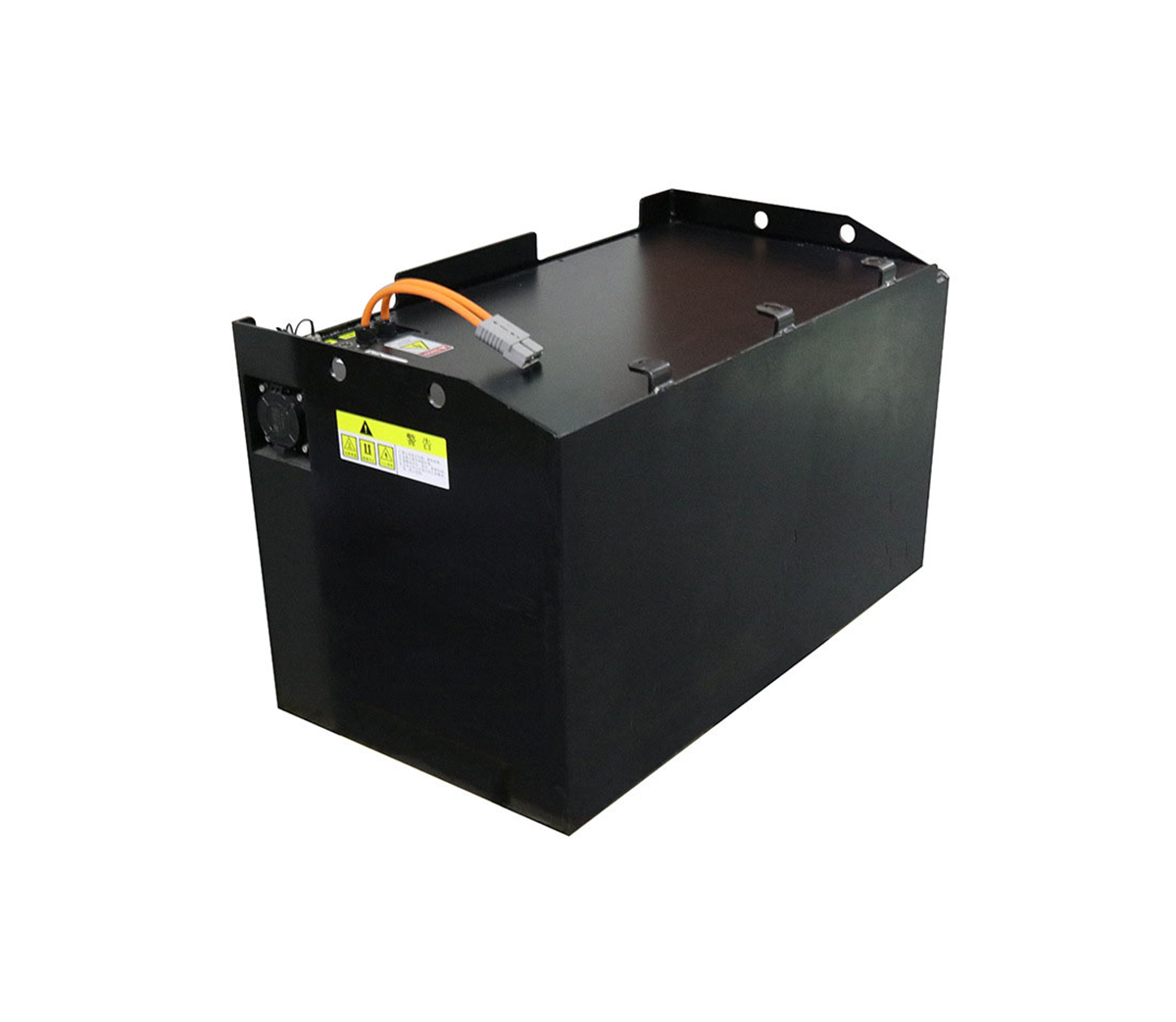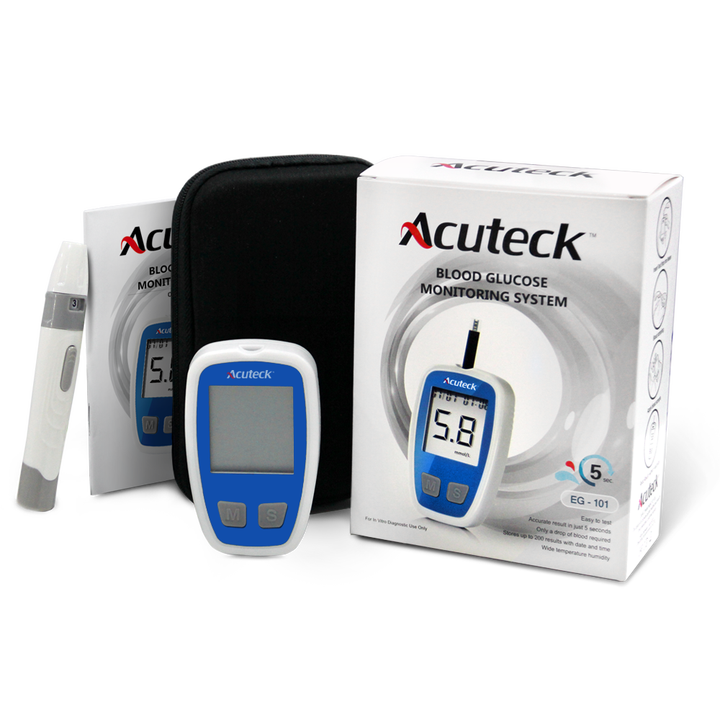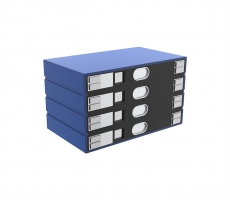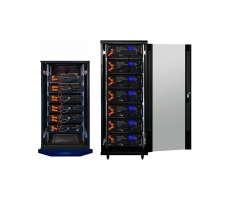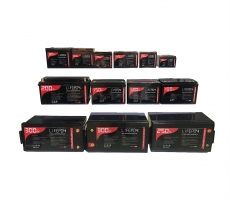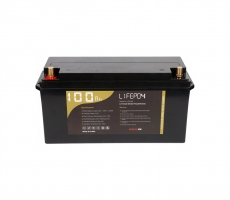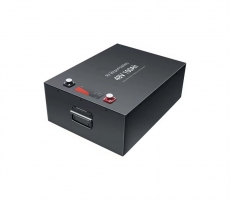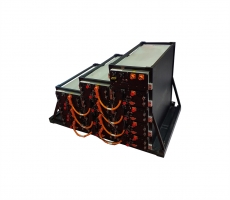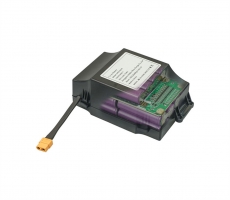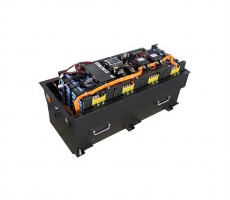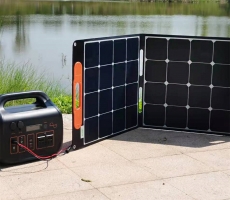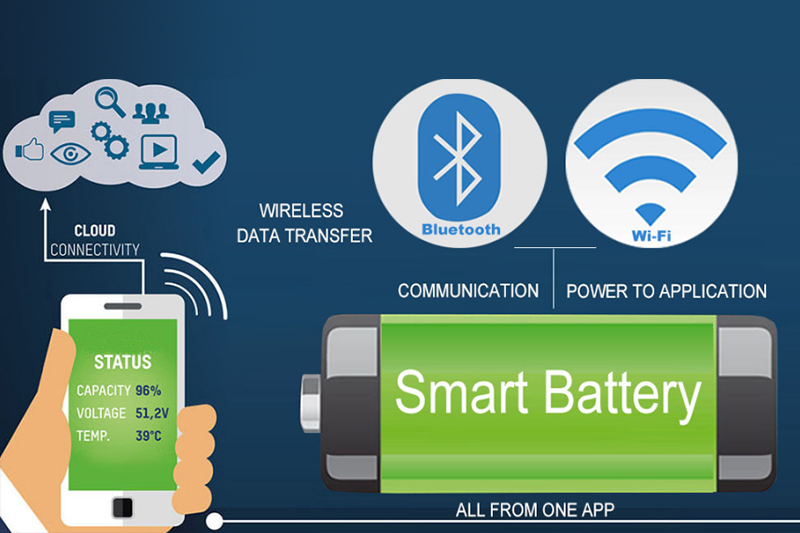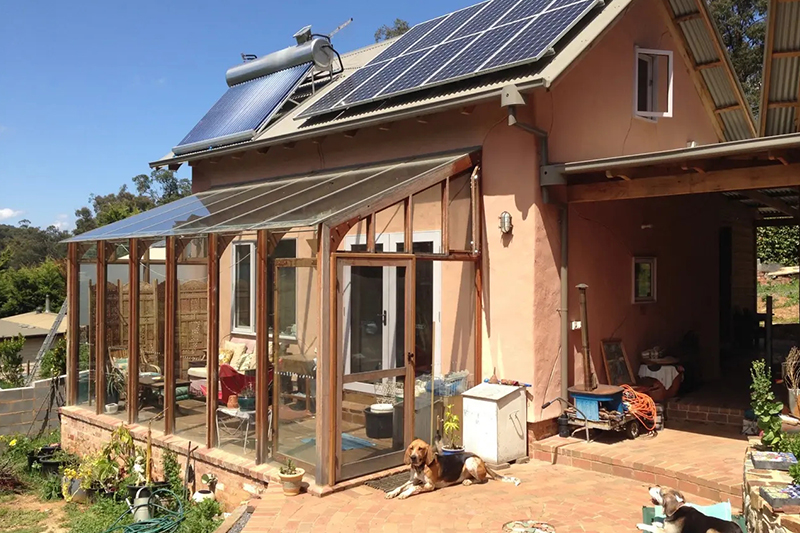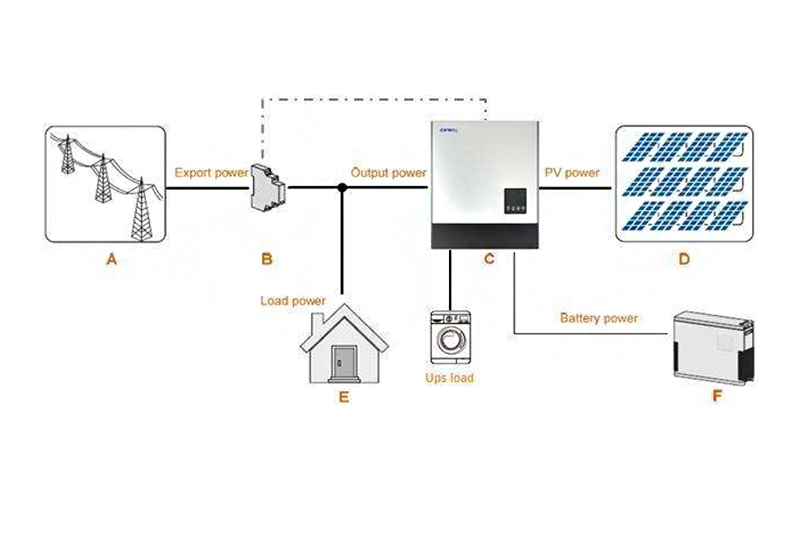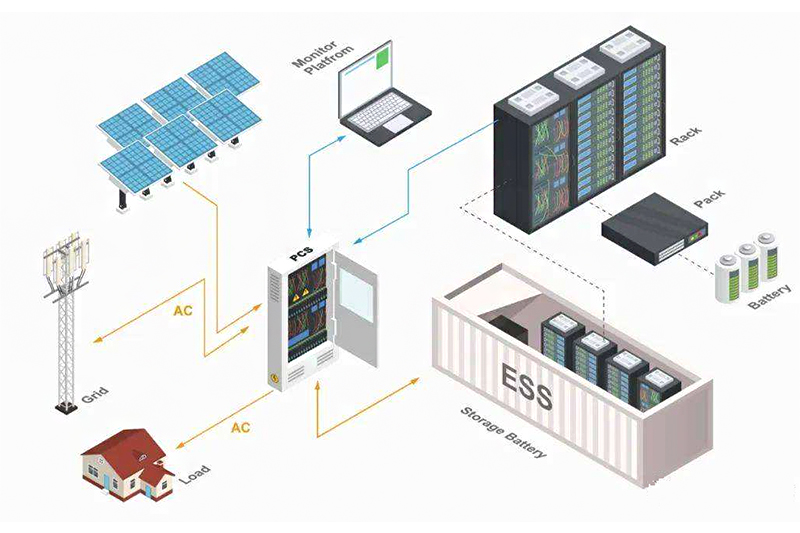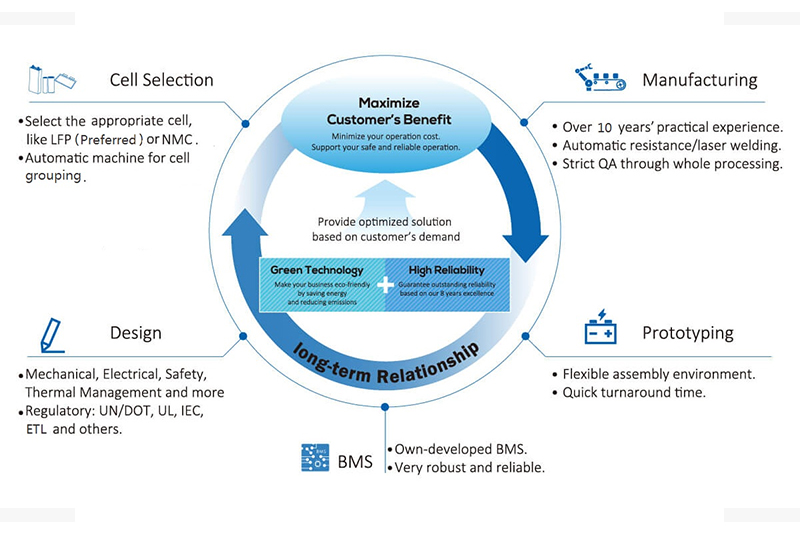In 2017, the Ningde era, with 12GWh of shipments, pressed Panasonic and took the throne of the global sales champion of power batteries.
At that time, domestic media and battery experts found that seven of the top ten companies were from China. Based on this, they judged that China has surpassed Japan and South Korea in the field of power batteries.
In 2017, LG Chem, SKI and Samsung SDI announced at the same time that LG Chem, SKI and Samsung SDI will develop NCM 811 high-nickel batteries and mass production in one year.
The reason is that they realize that the cobalt in the cathode material of power batteries will become increasingly tight, and the price fluctuation of cobalt will directly affect the cost of power batteries and even electric vehicles.
Among the production costs of pure electric vehicles, power batteries account for 3-4%. The cost of the main raw materials such as cobalt used in the positive electrode material of the battery exceeds 10%. From the viewpoint of the weight of various materials for the positive electrode material, cobalt is considered to account for about 20%.
The layout of high nickel is actually to reduce cobalt.
At that time, Chinese battery companies' research on high-nickel batteries only stayed at the conceptual level. Therefore, after careful thinking, Chinese battery experts finally overturned the argument of one year ago: China has fallen behind in the future technical layout of power batteries. 1
Compared with Korean battery companies, Matsushita has already deployed in the field of high-nickel batteries in 2008. For example, in the case of Panasonic's cylindrical battery supplied by Tesla, cobalt accounts for about 8% of the positive electrode material.
Although Panasonic batteries use much less cobalt than other battery manufacturers, Panasonic plans to further reduce the cobalt content to 4% in the next three years.
Panasonic has long realized that cobalt will have a huge impact on the future power battery landscape.
Sure enough, the price of cobalt has continued to soar since 2015, rising nearly three-fold in two years, and the highest price reached $80,000/ton.
In the year when the price of cobalt skyrocketed, today's battery giant Ningde era is still running for a paper order, and BYD is still doing the spring and autumn dream of lithium iron phosphate.
They did not realize the importance of battery cobalt reduction for future business development.
Korean battery makers LG Chem and SK announced the introduction of a low-cobalt and high-energy density NCM 811 battery for electric vehicles in 2018. But just a few months after the announcement, both NCM 811 plans were postponed.
The reason is that the price of cobalt has risen for three years and suddenly fell back in early 2018. They are sensibly convinced that the price of cobalt is hard to be raised again for a long time to come.
What they didn't think of was that the cobalt concept stocks, which had been depressed for more than half a year, broke out on November 7, 2018. On that day, a number of cobalt industry stocks such as Hanrui Cobalt hit a daily limit.
The incentive comes from the commodity giant, Glencore.
Glencore is the absolute giant in the cobalt industry, providing more than 30% of the world's cobalt supply, mainly from the Congo.
On November 6th, Glentanga's Katanga announced that Glencore's subsidiary, Katanga Minin, found high concentrations of uranium in its ore, which exceeds the acceptable limit for exports through major African ports. Decided to temporarily stop the export of cobalt ore.
It is expected that the suspension of exports will continue from the fourth quarter of 2018 to the first two quarters of next year, and Katanga's cobalt sales and output will be postponed to the second half of 2019.
This will significantly tighten the supply of cobalt to the present and next year, and will consume 10,000 to 20,000 tons of cobalt in the market in the next 8 months (global demand is about 120,000 to 130,000 tons).
This means that there is no suspense in the rise in cobalt prices.
Cobalt is widely distributed on Earth, but its content is very low, mainly concentrated in the Congo, Australia, Cuba, New Caledonia, Zambia and Russia, and the distribution is extremely uneven. The Congo is the world's largest cobalt producer, with around 54% of the world's cobalt supply coming from here.
The discontinuation of Glencore's shortage of cobalt may come early. Many oligarchic mining companies are hoarding cobalt in large quantities, making cobalt more difficult to obtain.
Although the suspension of sales has brought a turn for the depressed cobalt market, it is not good for the electric vehicle market. The shortage of the most expensive materials for this power battery will have a huge impact on the cost of electric vehicles in the coming year.
Countries are beginning to realize the importance of the Congo to electric vehicles, which is no less important than the oil-rich Saudi Arabia's internal combustion engine.
Seizing the opportunity, investing heavily, and mastering the mining and sales network, Chinese companies have already set their sights on this politically unstable African country.
China's 94% cobalt is from Congo and is the world's largest buyer of Congo cobalt.
According to the statistics of British metal supplier Darton Commodities, most of the 30,000 to 40,000 tons of cobalt produced in the Congo are from free-body miners, as well as Chinese-funded enterprises such as Luoyang Molybdenum and Zhejiang Huayou Cobalt
Chinese intermediaries have mastered the supply of most free miners, in other words, China has dominated the Congo cobalt mine export network.
However, despite the coveted minerals in the Congo, the political instability in the country has made the global cobalt resource supply chain very fragile. In addition, the revision of the mining law in early 2018 significantly increased the cost of mining rights, which greatly increased the cost of local mines.
Today, the Congo’s suspension of cobalt exports has undoubtedly caused a blow to power battery companies, especially Chinese battery companies.
From the current situation, it takes a long time to find new mineral resources, and only consume the current inventory. But even if the Congo resumes exports after half a year and relies only on the cobalt resources of the Congo, then the cobalt supply crisis is likely to occur by 2020.
Automakers such as BMW and Volkswagen, which are vigorously deploying electric vehicles, are already aware of the supply crisis. As the world's largest new energy vehicle market, the growth rate of the Chinese market is faster than expected. In a short period of time, there will be a situation in which a cobalt is hard to find.
In order to lock the price of cobalt, many battery companies even require upstream suppliers to sign contracts for up to 10 years. This behavior is not rational. Although the cobalt market is very hot now, no one can guarantee the reasonableness of the current price.
On the one hand, the price can't be locked; on the other hand, many cobalt mining companies have joined the “responsible supply chain” system, hoping to achieve sustainable mineral procurement in the cobalt industry.
It is understood that BMW, Volkswagen, Samsung SDI, LG Chemical and other companies are seeking a stable source of supply, after Volkswagen and BMW hope to sign long-term contracts with cobalt suppliers, but the progress is not smooth.
In the face of increasing costs, global battery suppliers are trying to reduce the content of cobalt in the ternary battery. They changed the formula of the positive electrode material of the battery, and the ratio of nickel-cobalt-manganese or nickel-cobalt-aluminum in the ternary battery was from 6 :2:2 is changed to 8:1:1.
At present, many power battery companies in China are also deploying high-nickel ternary batteries. High nickel and low cobalt are on the one hand to increase energy density and on the other hand to reduce costs.
In May of this year, BAK Battery was the first to announce that the 3.0Ah cylindrical 18650 battery NCM811 was mass-produced, and the battery energy density was increased to 250Wh/kg. As the earliest enterprise in China to mass produce NCM811 batteries, the list of customers provided by BAK shows the industry's enthusiasm for the new technology route: According to reports, the BAK NCM811 battery has been applied to Zero Run, Xiaopeng, Yundu, Jianghuai, SAIC Chase, Beiqi New Energy and other corporate models.
Penghui Energy also revealed that the company's NCM811 material 2.8Ah, 3.0Ah cylindrical 18650 battery has been mass-produced, and began to supply to the relevant OEMs.
In addition to the production capacity of BAK and Penghui Energy, some domestic battery companies announced the future layout of high nickel 811. Guoxuan Hi-Tech announced at the beginning of the year that it has developed a ternary 811 soft-packed battery with an energy density of 302Wh/kg. At present, it has begun to build a pilot line for related products, and plans to build a production line in 2019.
Tianjin Lishen is one of the few battery companies in China that plans NCA and NCM routes at the same time. Lishen plans to increase the energy density of passenger car cells to 350Wh/kg by 2022. At present, Tianjin Lishen NCM811 has been supplied in small quantities, and NCA has been listed as a long-term plan for the company.
BYD announced in June this year that its NCM811 power battery research and development has made significant progress and will be put into use in the second half of 2019. Based on the establishment of a power battery joint venture with Changan Automobile, it will invest 5 billion yuan to build a 10GWh high in Chongqing. Nickel 811 battery capacity.
However, some companies are cautious about the technical route of NCM811.
As the number one company in China's power battery shipments, the Ningde era was previously exposed to the introduction of high-nickel 811 batteries in 2019, but the official said it would not comment.
At the same time, in terms of car companies, Chery New Energy also expressed its intention to purchase NCM811 for a while, because the technical maturity and safety of NCM811 still need to be verified.
In contrast, Panasonic, which has been in the high-nickel field for many years, appears to be more radical, hoping to reduce the content of cobalt in the ternary battery to zero.
"We have greatly reduced the content of cobalt in the battery," said Tamura Ken, head of Panasonic's automotive battery division. "The proportion of cobalt in ternary batteries has dropped to 3%. Now our goal is to achieve cobalt-free. Technology is already under development."
In addition to reducing the proportion of cobalt in the battery, recycling cobalt is also a solution.
According to BNEF's report, the current recovery rate of cobalt is only 25% to 50%. If the cobalt in all passenger car batteries can be recycled, by 2030, the total amount of cobalt recovered by the year is expected to reach 100,000. Metric tons.
At present, companies including Samsung SDI and BMW are actively exploring the recovery of cobalt from mobile phones and car batteries.
However, whether it is to reduce the content of cobalt in the battery or to recover the cobalt, it can only alleviate the plight of the moment, and can not really solve the supply problem.
So is the cobalt-free battery really feasible?
From a strategic point of view, high nickel and low cobalt are definitely the direction of development, but in the short term, cobalt is still not a substitute.
On the one hand, the change in formula ratio poses a challenge to the battery packaging method. At present, the lithium battery is mainly in the form of a cylindrical package, and the soft package and square technology are still immature; on the other hand, to reduce the cost of the electric vehicle, it is necessary to ensure safety. And quality as a prerequisite. Can not blindly pursue the cost reduction and rushed to launch.
In fact, the current 8:1:1 ternary battery production is less than 10% of the total. Although many battery suppliers are reducing the amount of cobalt used, most manufacturers have not implemented the 8:1:1 technology route in mass production. As for the time-to-market of cobalt-free batteries, I am afraid it will be even longer.










